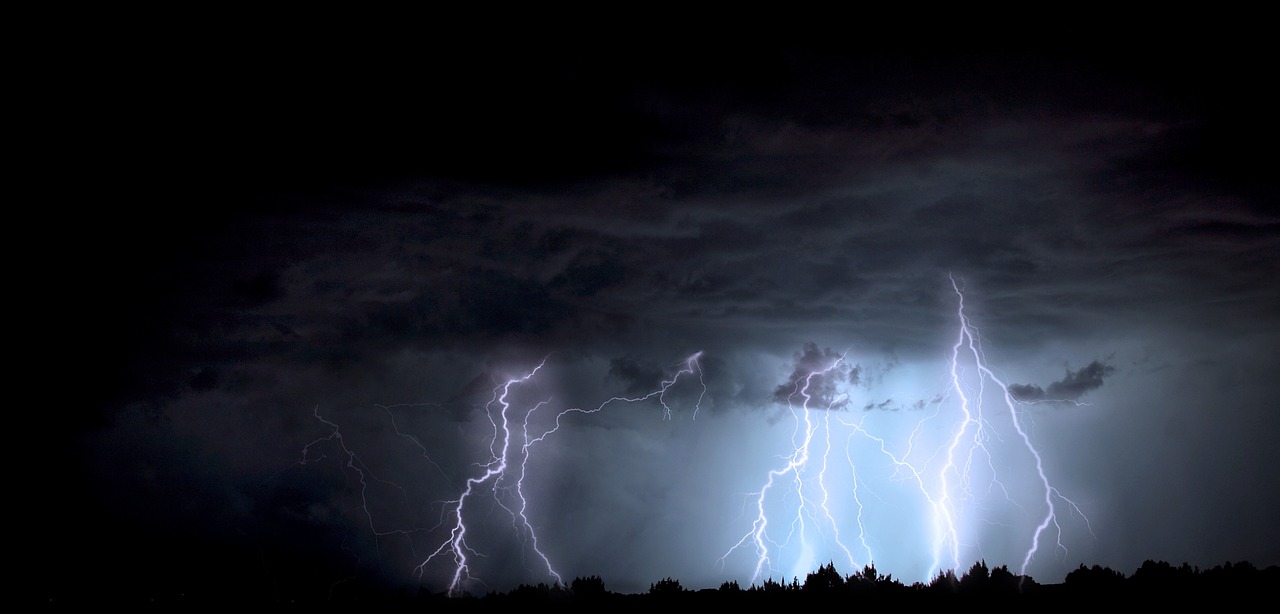News release
From:
Climate science: The outlook for AI weather prediction (N&V)
The potential for artificial intelligence (AI) to assist in weather forecasting is presented in two papers published in Nature this week. One method can predict global weather patterns up to a week in advance, whereas the other can make short-term weather predictions including extreme precipitation events. The newly presented AI-assisted weather forecasting approaches are as accurate as existing methods, or address previously intractable weather phenomena. Further evaluation by and engagement with the traditional weather prediction community is needed before considering how or if the new approaches could complement or replace current forecasting systems.
Weather forecasting plays a crucial role in helping to save lives and minimizing property damage, especially given that extreme weather events are becoming more frequent and intense due to climate change. Currently the most accurate forecast system is the numerical weather prediction method, which is mainly based on physical equations, but it requires a lot of computational power and is often slow, taking hours for a single simulation. In recent years, some AI-based methods have shown potential in significantly accelerating weather forecasting, although the accuracy is usually lower than that of numerical weather prediction methods.
Qi Tian and colleagues present an AI-based weather forecasting system called Pangu-Weather that can predict global weather up to a week in advance. The model was trained with 39 years of global reanalysis weather data. Pangu-Weather produced forecast results with accuracy comparable to the world’s best numerical weather prediction system, the operational integrated forecasting system of the European Centre for Medium-Range Weather Forecasts, while being more than 10,000 times faster at the same spatial resolution. Pangu-Weather also used a 3D model to forecast at various height levels, providing more comprehensive and detailed results than its AI predecessors, such as FourCastNet.
In a separate study, Michael Jordan, Jianmin Wang and colleagues present NowcastNet, a model that combines physical rules and deep learning for nowcasting of precipitation. Nowcasting is weather forecasting on a very short term up to six hours ahead, therefore providing detailed information of the present weather. Nowcasting is crucial in risk prevention and crisis management of extreme precipitation. Based on radar observations from the US and China, NowcastNet predicted precipitation with high resolution over regions of 2,048 km × 2,048 km up to three hours in advance. The forecast skill and value of different models for extreme precipitation was evaluated by 62 meteorologists; NowcastNet ranked first in around 70% of cases against other leading methods. The findings demonstrated its strength in forecasting of rain rates, particularly extreme precipitation events that were previously considered challenging.
In an accompanying News & Views, Imme Ebert-Uphoff and Kyle Hilburn note that artificial intelligence holds “enormous potential” for weather prediction tasks. However, they caution, “the risks involved demand that meteorologists learn to design, evaluate and interpret such systems”.



 International
International



